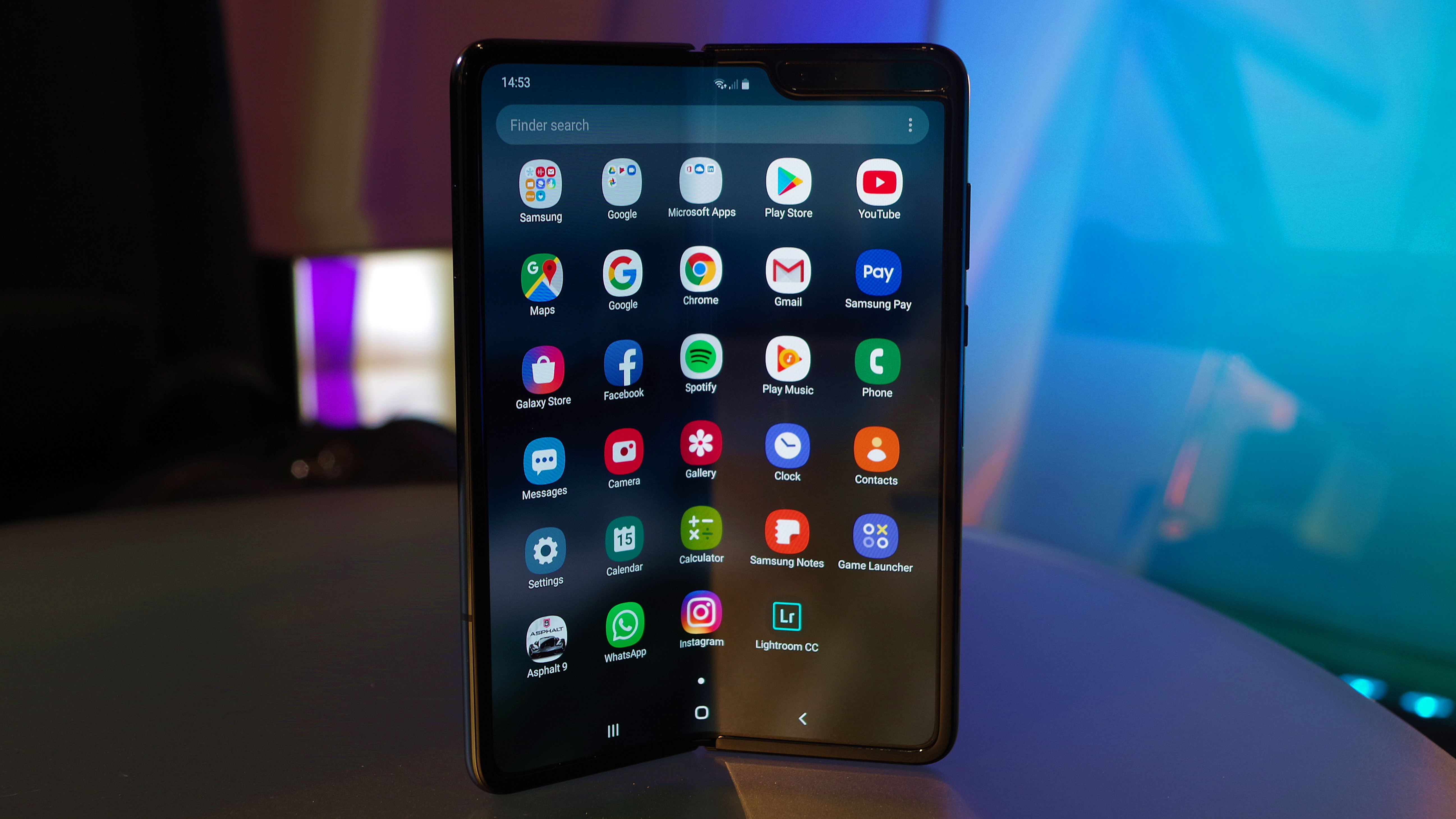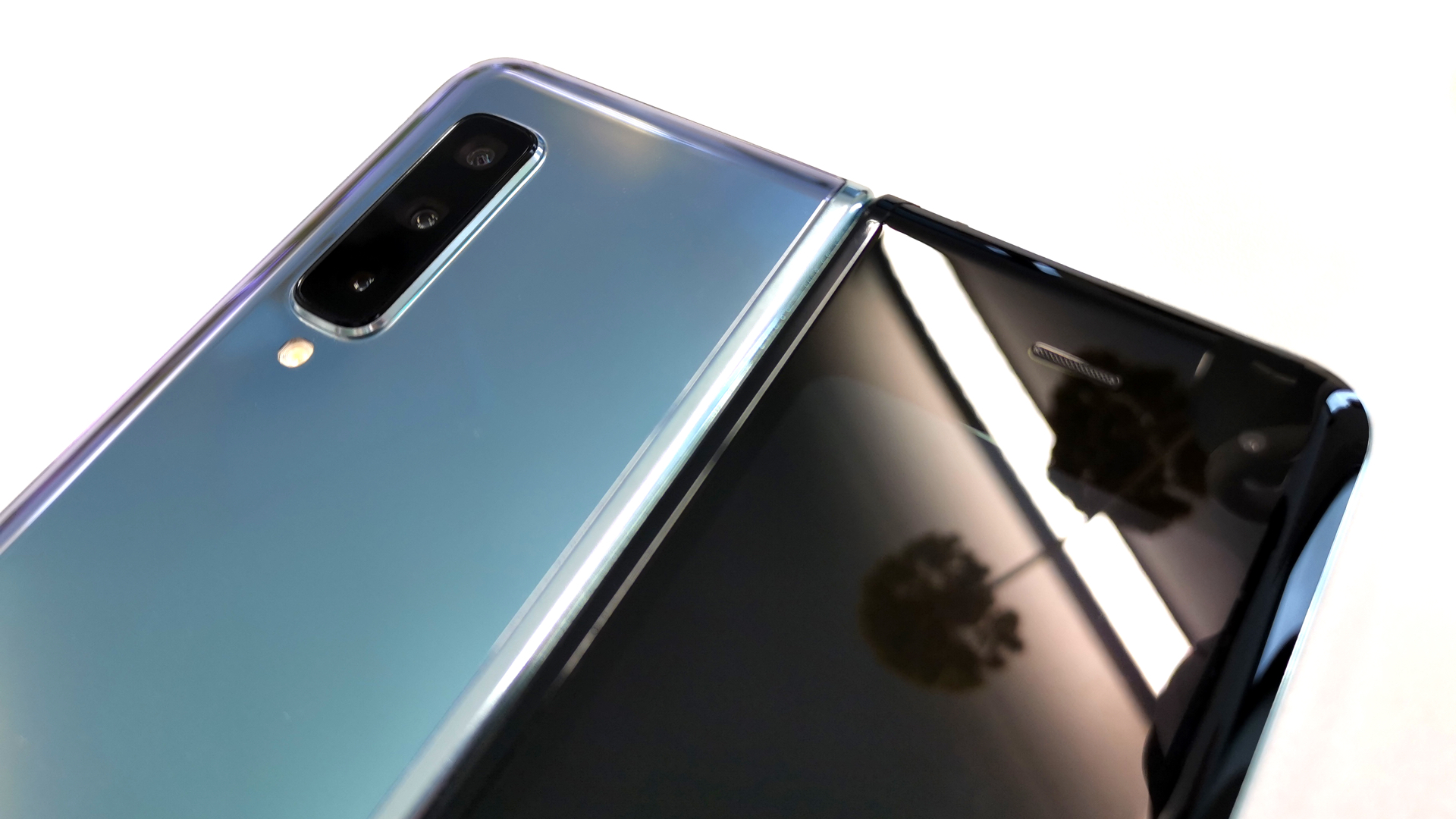

With Samsung Galaxy Fold's minor teething problems out the way, we're left with one of the best equipped, most powerful 5G-capable phones on the market, pipping its main collapsible rival, the Huawei Mate X, to the post. But progress never sleeps, and Samsung is already hard at work on new tech for the Galaxy Fold 2.
- Could this be our FIRST LOOK at the Samsung Galaxy Fold 2?
- Samsung Galaxy Fold 2 unmasked ahead of its release date
A patent first discovered by Dutch-language site LetsGoDigital has been published, uncovering plans for a folding smartphone with under-screen camera technology, or USC. At present, the Samsung Galaxy Fold has five external cameras – two at the front and three at the back – and more hardware means a more expensive phone.
However, an optical sensor in the phone's casing would use a 'light sensitive region' at the front of the phone, including a lens, but the sensor would be shared between the front and back cameras 'to maintain performance even in a folded or unfolded state'.
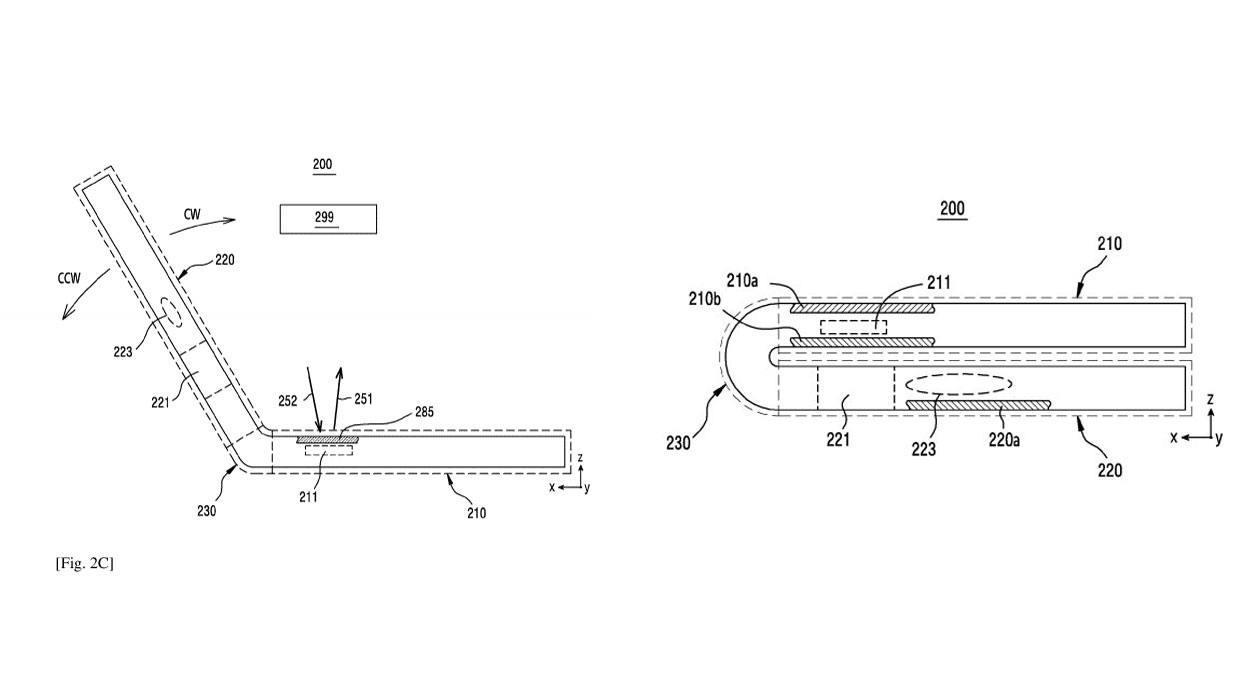
The result? Taking a selfie through the phone's housing could be as high-quality as if you had used the front camera to do so. This innovation would also reduce the need for so many different parts in the Samsung Galaxy Fold 2, theoretically lowering the cost of the device.
Rumours persist from South Korean news agency The Bell that the Galaxy Fold 2 will release in April at a lower price point. If the new technology is included, it could be one of the ways Samsung is preparing to cut the costs, creating a more elegant, simpler phone in the process.
Liked this?
Sign up to the T3 newsletter for smarter living straight to your inbox
Get all the latest news, reviews, deals and buying guides on gorgeous tech, home and active products from the T3 experts
Matt Evans now works for T3.com sister brand TechRadar, covering all things relating to fitness and wellness. He came to T3.com as staff writer before moving on, and was previously on Men's Health, and slightly counterintuitively, a website devoted to the consumption of Scotch whiskey. In his free time, he could often be found with his nose in a book until he discovered the Kindle.
-
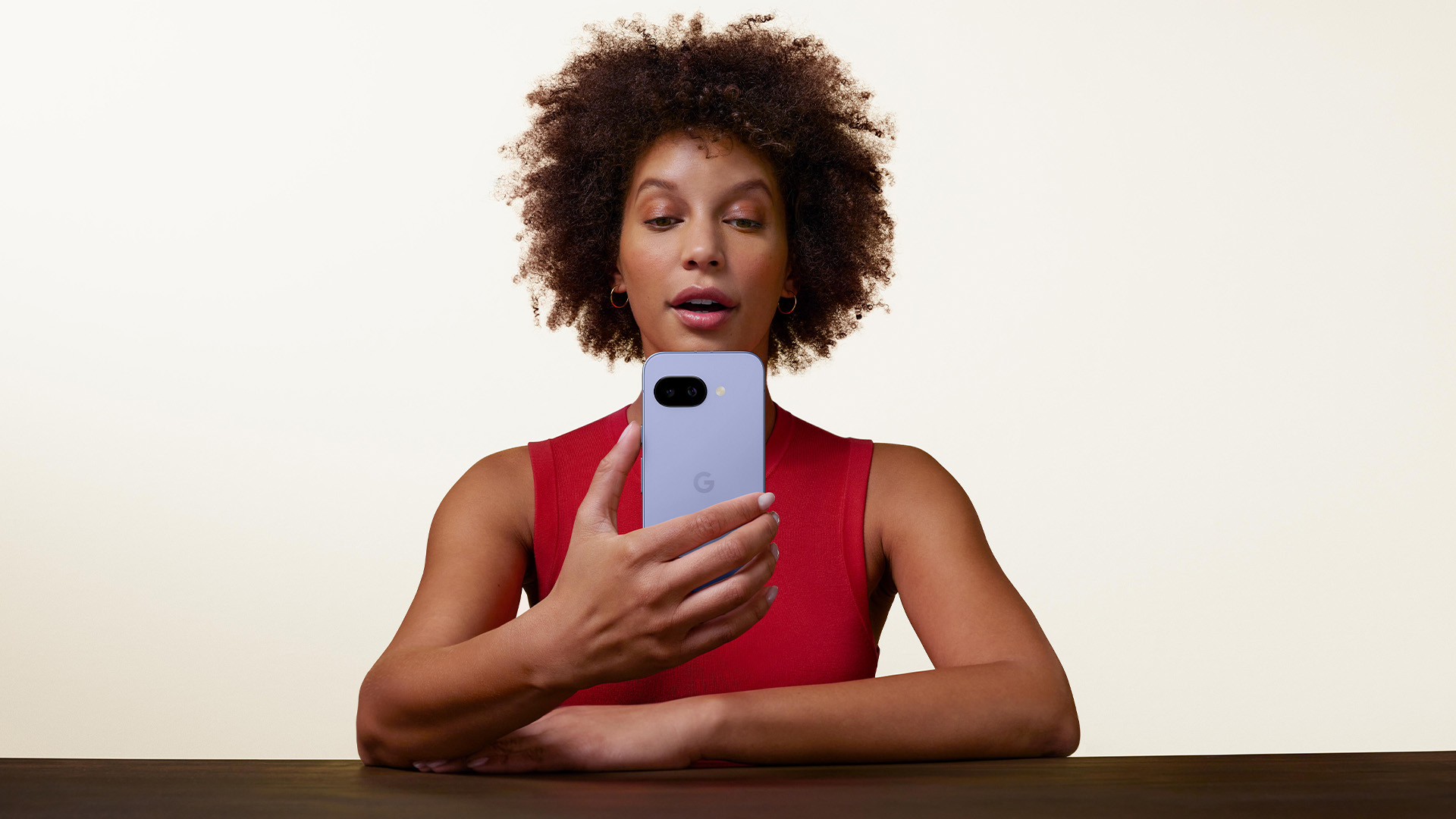 Google's Pixel 9a does one simple thing that could tempt me away from iPhones after a decade
Google's Pixel 9a does one simple thing that could tempt me away from iPhones after a decadeGoogle's played a blinder here
By Max Freeman-Mills
-
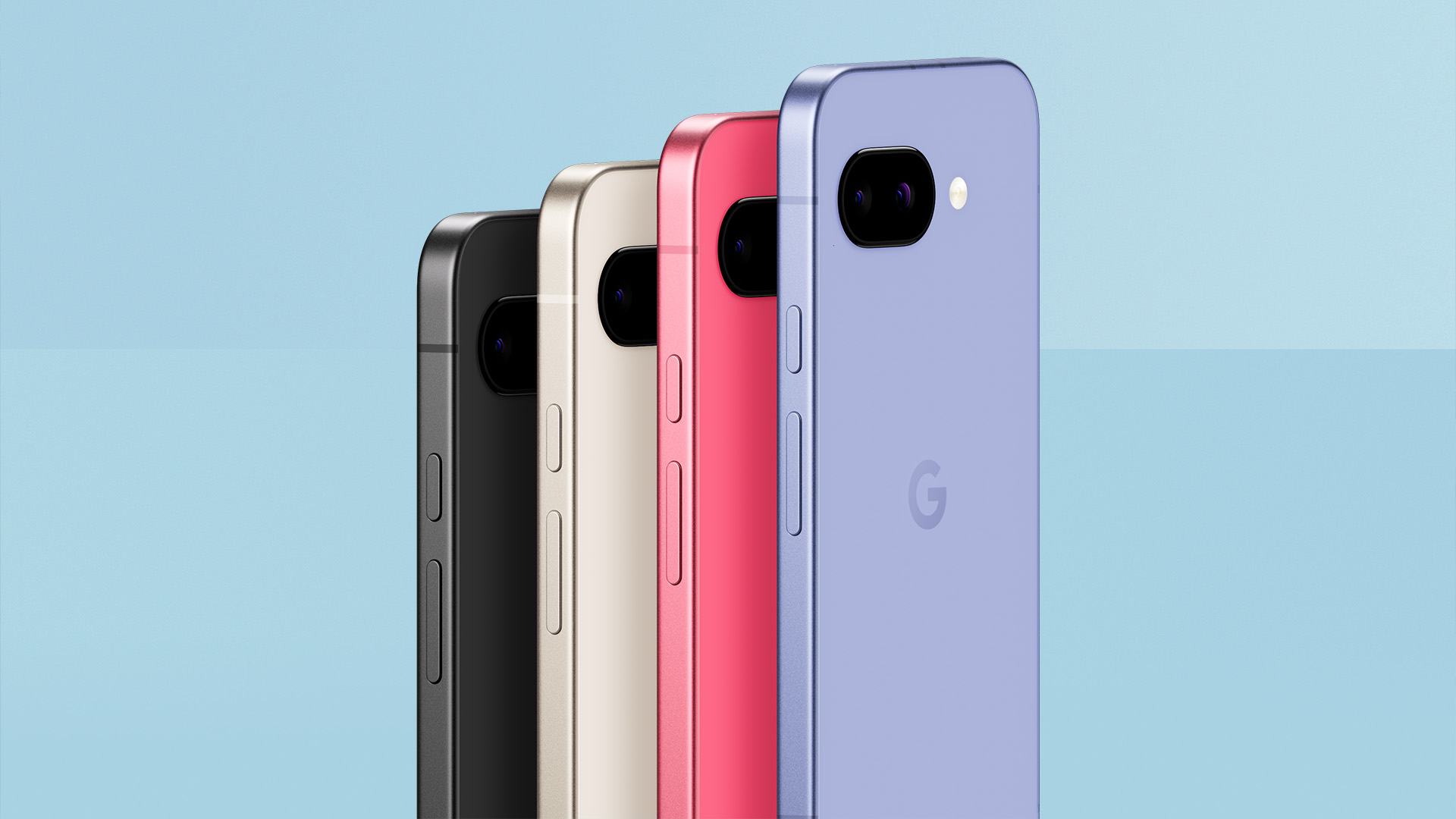 Google's new phone makes one huge, unexpected change
Google's new phone makes one huge, unexpected changeThe Pixel 9a is flat – that's big!
By Max Freeman-Mills
-
 I saw an AI feature that I'd actually use – and it's not what you might think
I saw an AI feature that I'd actually use – and it's not what you might thinkAI to help you detect other AI is a neat idea
By Max Freeman-Mills
-
 Honor suddenly adds Samsung-rivalling upgrade that'll last for years
Honor suddenly adds Samsung-rivalling upgrade that'll last for yearsIt's a big change, and a welcome one
By Max Freeman-Mills
-
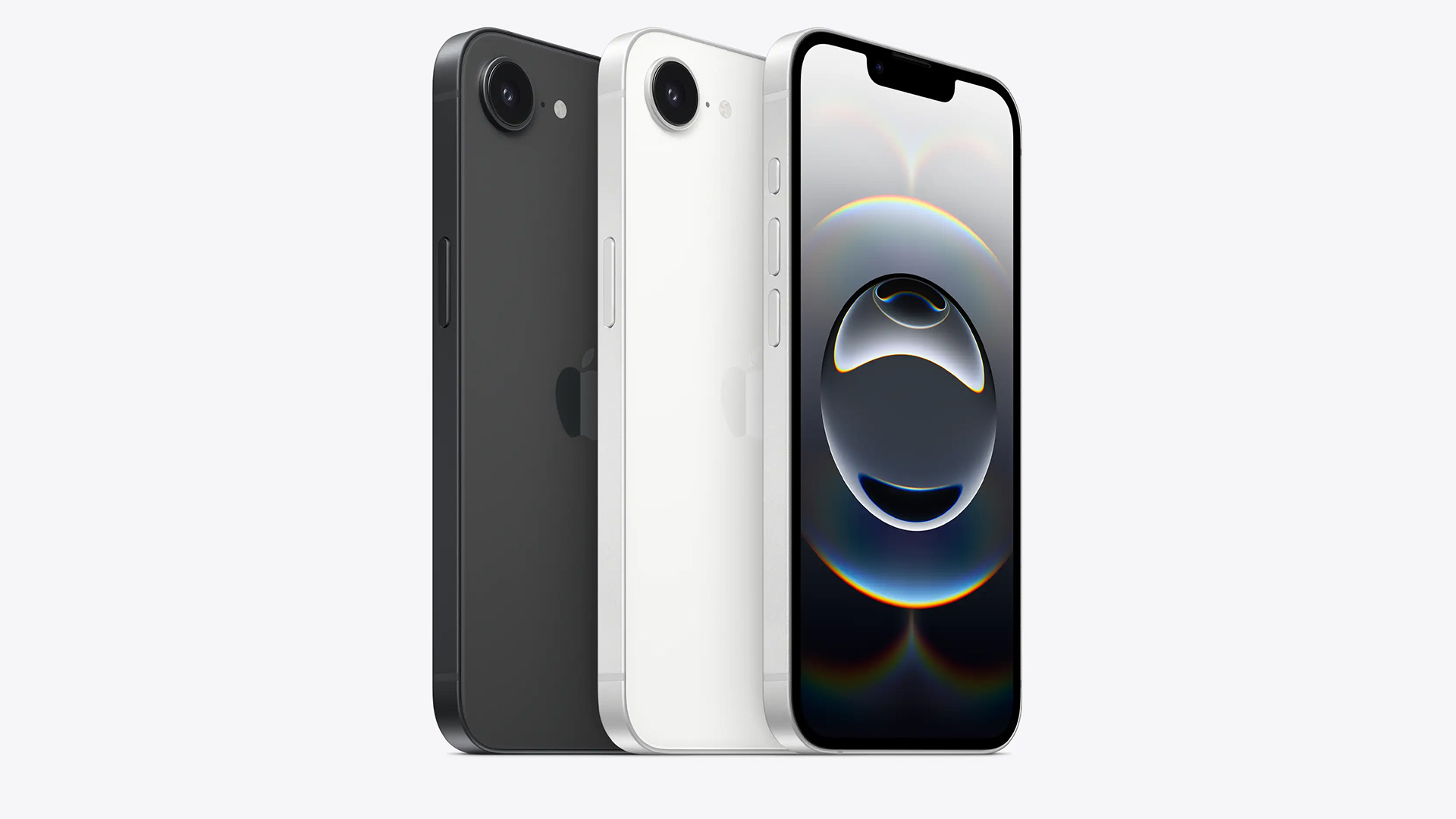 5 must-know iPhone 16e facts and how it compares to iPhone 16
5 must-know iPhone 16e facts and how it compares to iPhone 16Apple's newest iPhone is an interesting addition
By Max Freeman-Mills
-
 The best new camera phone might not be from Samsung or Apple
The best new camera phone might not be from Samsung or AppleOppo's making a big push for its next phone
By Max Freeman-Mills
-
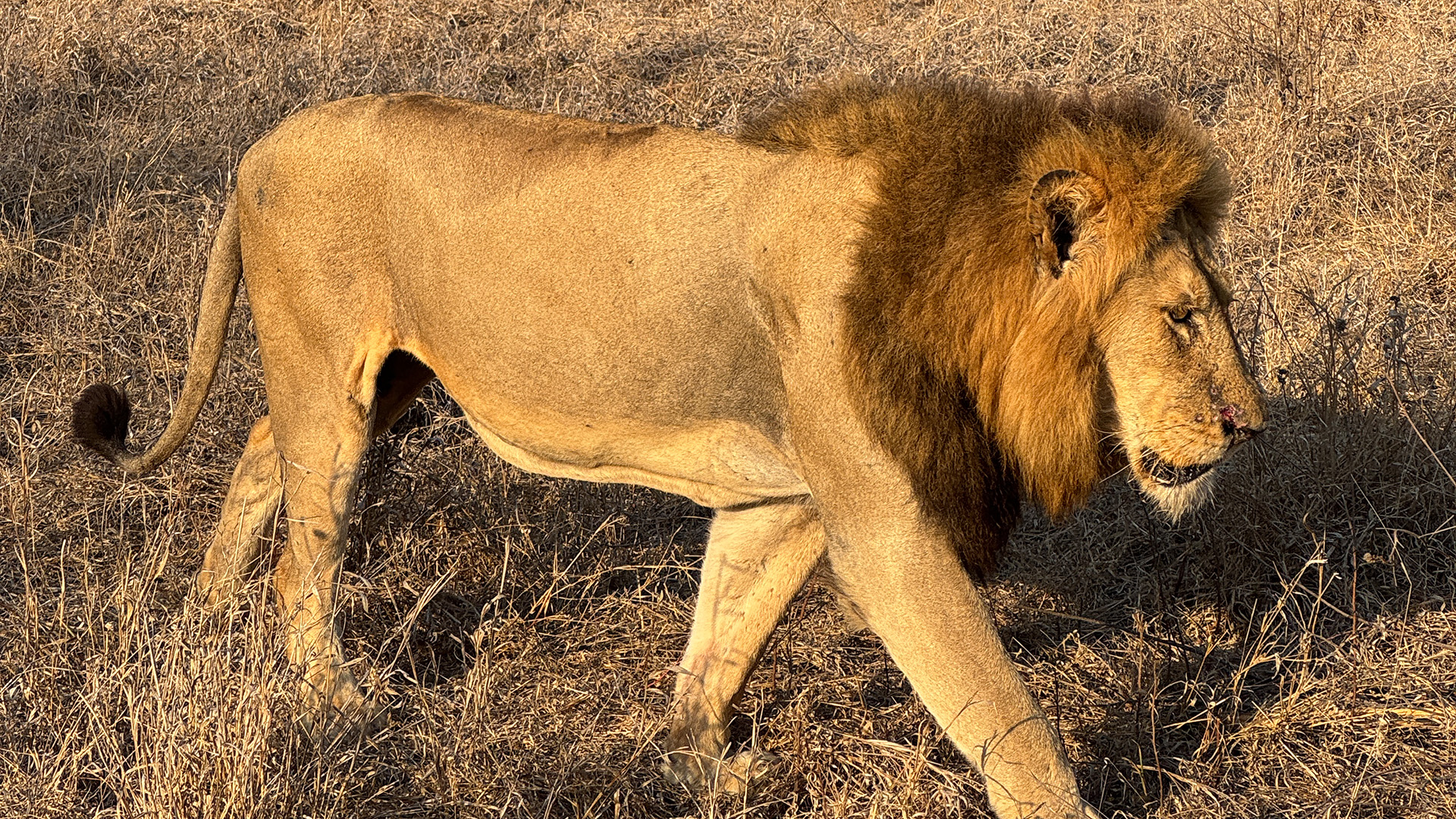 I tried the iPhone 16 Pro on safari – now I want one for the huge camera upgrade
I tried the iPhone 16 Pro on safari – now I want one for the huge camera upgradeThe iPhone 16 Pro's zoom boost is a game-changer
By Max Freeman-Mills
-
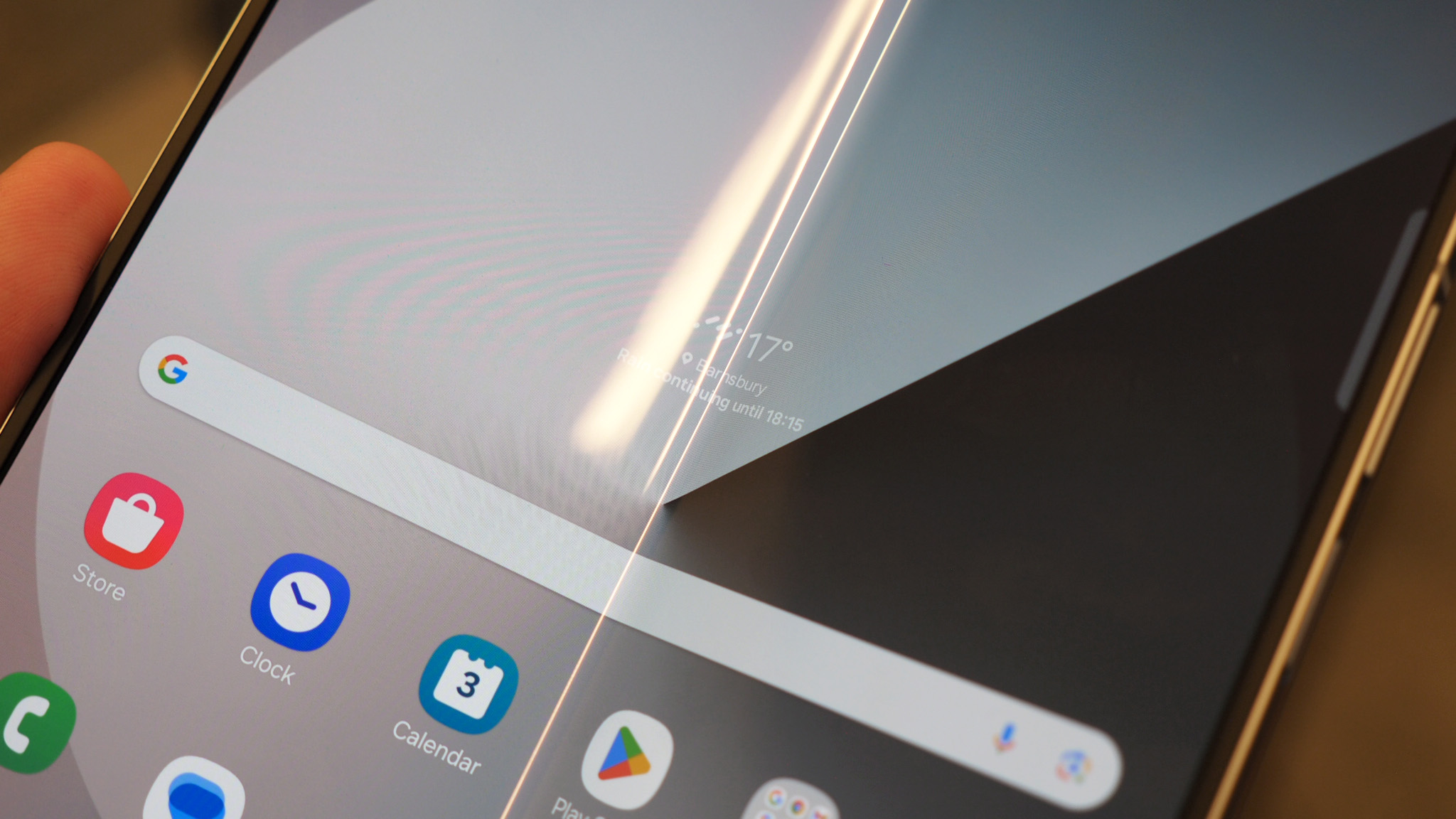 Samsung Galaxy Z Fold 6 SE could be the king of foldables for one good reason
Samsung Galaxy Z Fold 6 SE could be the king of foldables for one good reasonAnd the other rumours are looking good too...
By Britta O'Boyle
